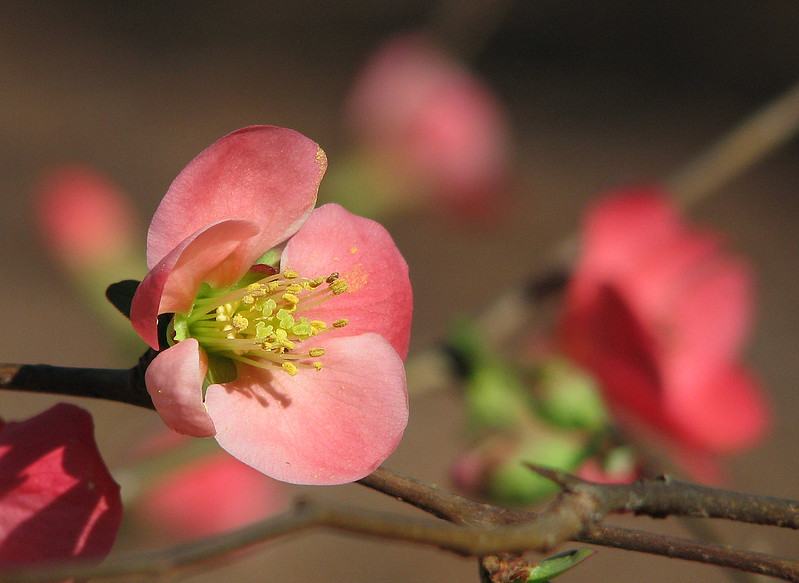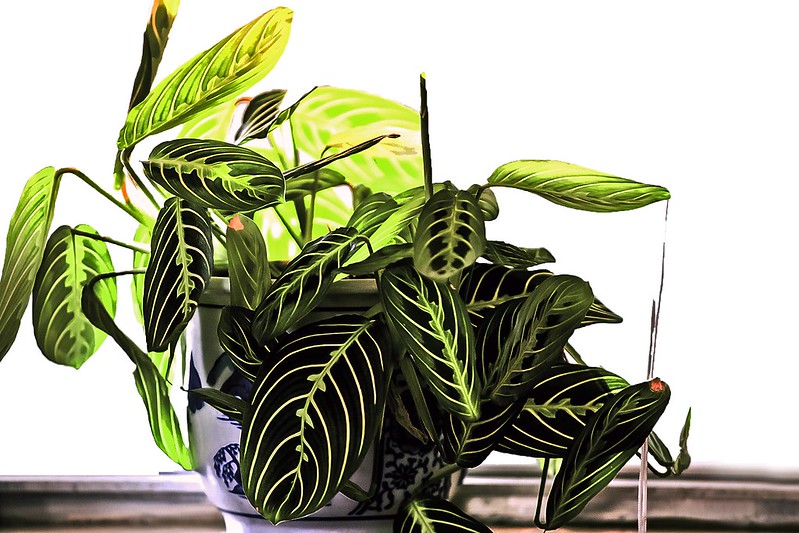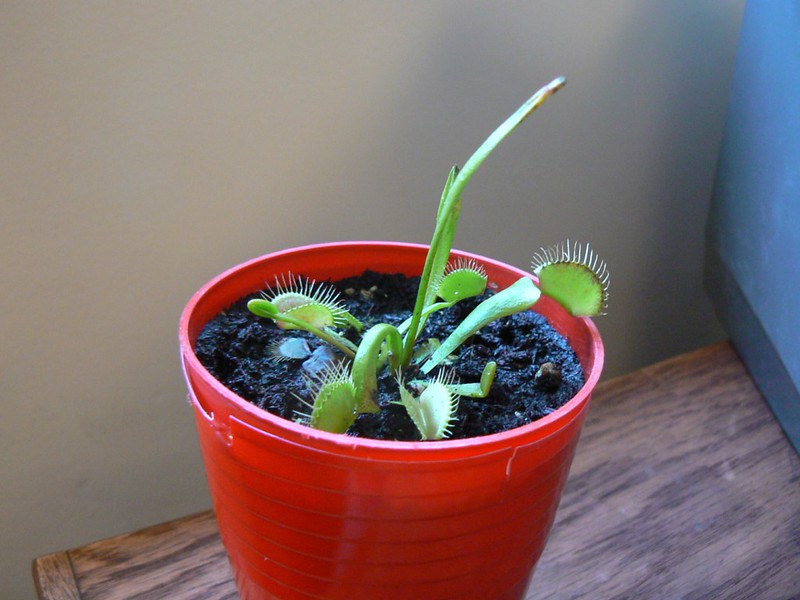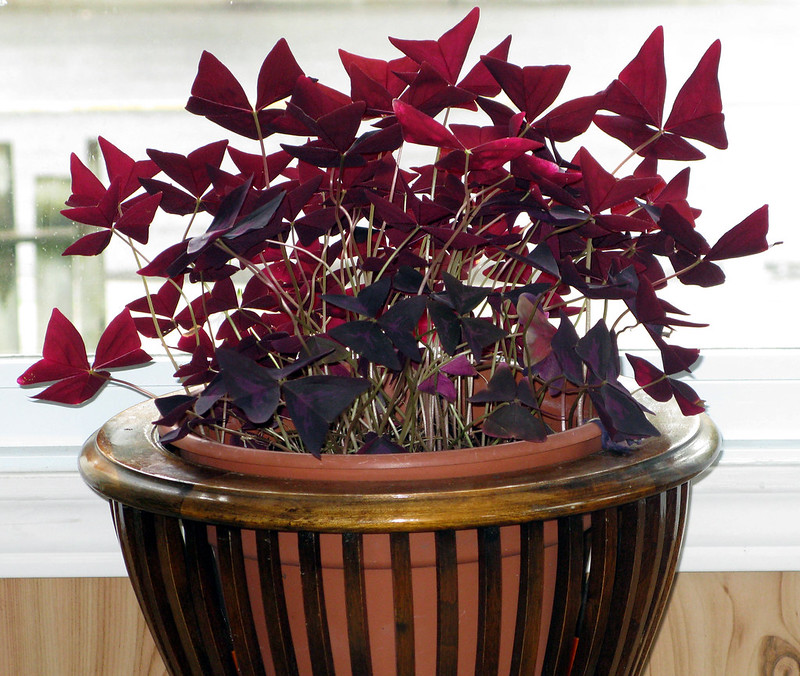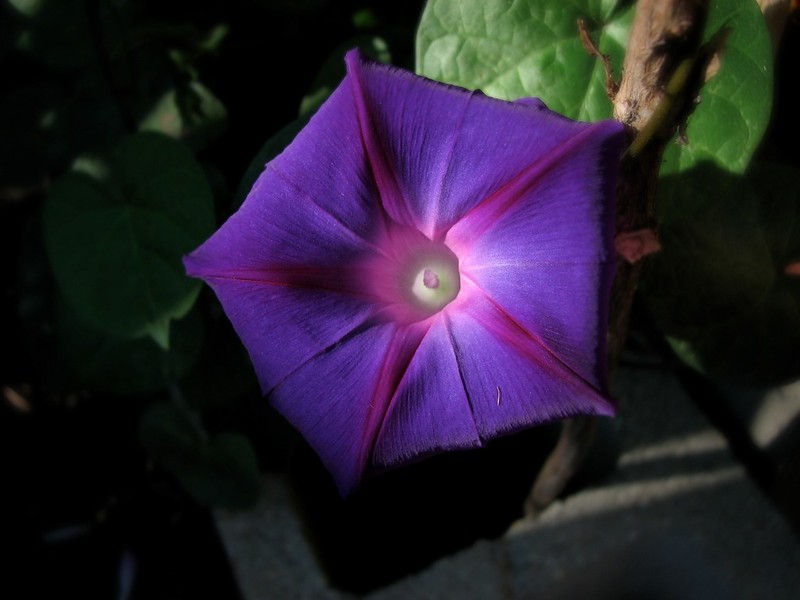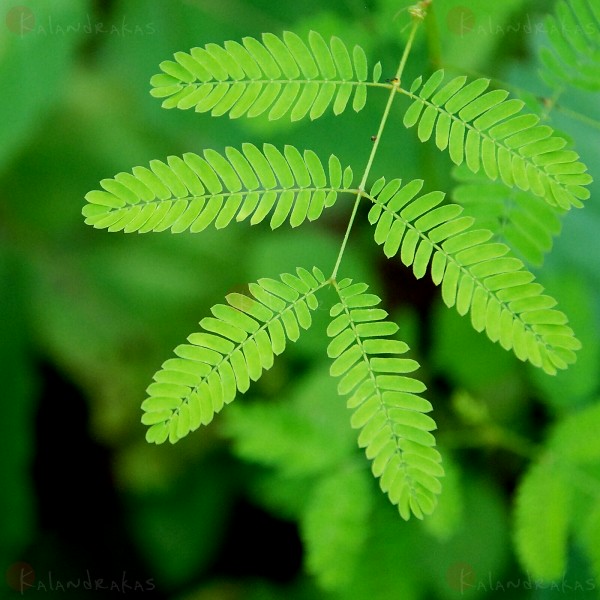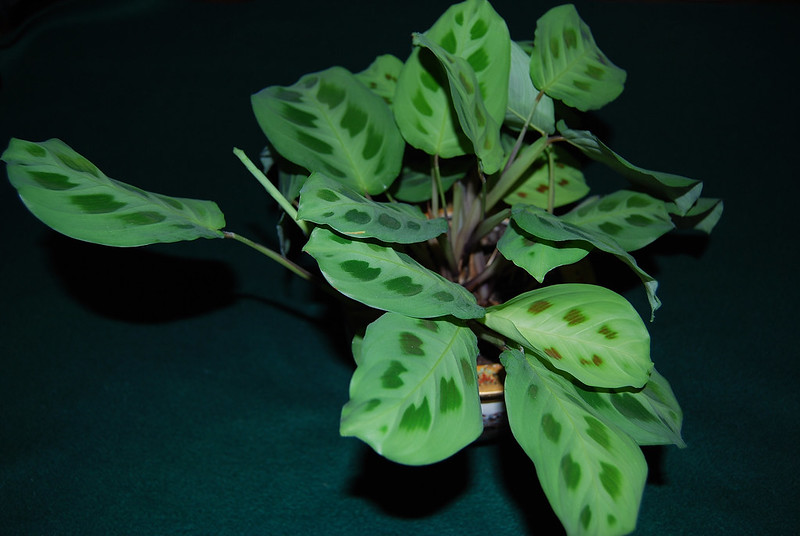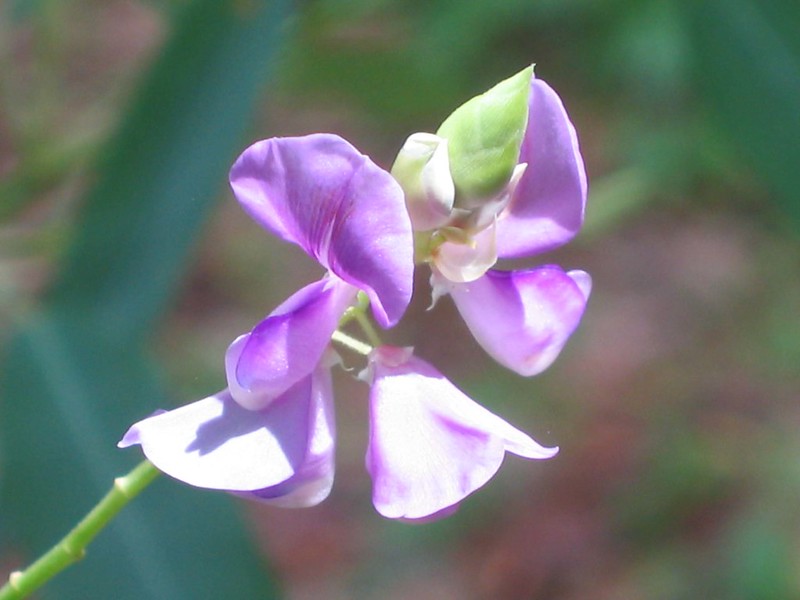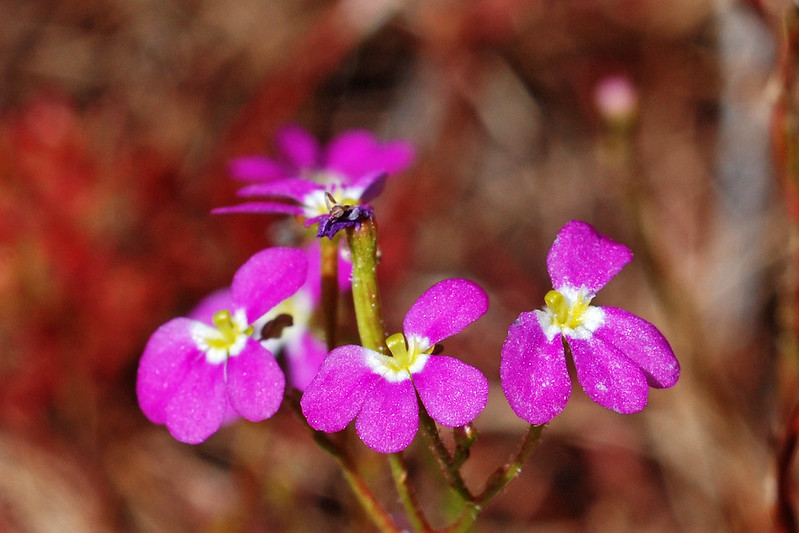HousePlantJoy is supported by our audience. When you purchase through one of our links, we may earn a small affiliate commission. As an Amazon Associate I earn from qualifying purchases. Your cost is not affected.
==================
“Discover the fascinating world of plants that move!”
Have you ever seen some of your houseplants look different at night compared to the daytime? You might notice their leaves pointing in another direction. Well, that’s not a coincidence; it’s just how nature works.
If you think your indoor plants do not move when you are not watching, think again! They are always on the go, but it happens so slowly that we usually do not notice.
While busy with our daily activities, our plants are taking their sweet time to make their moves. A sunflower plant, for example, is a prime example of a plant moving as it follows the sun’s path across the sky.
In this article, we embark on a journey to explore the intriguing world of plants that move. We will explore them all, from the Venus flytrap’s rapid snap to the sensitive plant’s gentle dance.
So, let’s uncover plants that move and gain a deeper appreciation for the stunning diversity of life on our planet!
The other day, I was looking out my kitchen window and noticed that my foxglove plant has a tall bud. What surprised me was how it seemed to bend during the day. I got curious and decided to look up more about it.
After reading my botanical literature, I learned plants are not as still as they seem. They can maneuver in many ways, a quality that often goes unnoticed.
Plant moving is a captivating subject for botanists and nature fans. Your plants need to move for various purposes. For example, plants’ movement helps them grow, get sunlight, and for some to feed.
One of the common ways in which your plants move is called phototropism. You can notice a plant moving toward the light. Or you might have seen this with a houseplant that you rotate occasionally for even growth. For instance, it will grow more to one side if facing a sunny window.
Moreover, the movement of plants also occurs in response to touch or external stimuli. For example, upon touching, the mimosa tree and oxalis plants fold their leaves. This type of leaf movement is named nastic.
In addition, Venus flytrap is another plant with a more familiar response to touch. It snaps shut its jaws when an insect touches its sensitive hair triggers.
Furthermore, some flowers move. These plants do not move in a particular direction. Instead, they react to changes in the environment. A prime example is the moss rose that opens its petals in the morning and closes at night.
Why do plants move? They move to get more sunlight for photosynthesis, which is how they make food. Some plants move to spread their seeds and make new plants. Others reach out with their roots to find water and nutrients. Some even move to protect themselves from insects or herbivores.
Top 8 Plants That Move
Venus Flytraps
Venus flytrap is one of the popular plants that can move. The carnivorous plant is unique and famous for its rapid, insect-catching ability.
It has modified leaves that act like “jaws.” Something incredible happens when an insect lands on the plant and touches its sensitive trigger hairs. The plant’s jaws snap swiftly, trapping the insect inside.
This quick action creates a natural prison, keeping the trapped insect from escaping. Afterward, the plant emits a kind of juice to break down the insect and extract essential nutrients. It is an incredible mechanism that helps the Venus flytraps catch prey. In addition, it is also a remarkable example of plants moving on their own to capture their food. Nature’s wonders never stop to amaze us!
Video Credit: @dizzo95
Sunflower Plant
Sunflower: Flowers that Move / Flickr / David and Heidi Medina
A sunflower plant with cheerful blooms is like nature’s sun follower. Its captivating behavior has fascinated observers for centuries. It is among the plants with flowers that move.
From sunrise to sunset, sunflowers turn their heads, following the sun’s path across the sky. It’s like they’re waving hello to the sun in the morning and saying goodbye in the evening. This isn’t a random act; it is an incredible way of catching sunlight as much as possible.
So, why do these flowers move? Because sunlight is like food for them. It helps them make their food. By turning and following the sun, they grow taller, their seeds ripen, and they grow healthy and strong.
Love Plant (Purple Shamrock)
The Love Plant Moving (Purple Shamrock) / Flickr / Douglas Sprott
The Love plant is one of the stunning plants that move independently. Its beautiful moving leaves and flowers display a behavior called nyctinasty. It means they open wide during the day and gently close as night approaches.
The Purple Shamrock, or the False Shamrock, belongs to a diverse plant family with charming clover-like leaves. You might encounter it in stores under names like Oxalis regnellii or Oxalis triangularis ssp—papilionacea, which is still used by some for the darker-leafed varieties. However, the common name “False Shamrock” sets them apart from clover plants often associated with shamrocks.
Moreover, native to South America, these plants have a unique growth pattern. Following their blooming, False Shamrock plants may enter a dormant phase.
This rest period helps them deal with stress, though it may affect their appearance.
Furthermore, Oxalis plants are generally low-maintenance and make delightful houseplants. They thrive in relaxed indoor environments. If your plant’s leaves are not moving, it could be a sign that it needs more light since they follow the light source.
Morning Glory
Morning Glory is a delightful fall flower with charming blooms that unfurl in the warm sunlight. Its romantic tendrils add a touch of old-world charm to gardens. However, the plant is often confused with a weedy counterpart sharing the same name.
Morning glories are tender annuals, meaning they do not like cold weather or late frosts. Their showy blossoms grace the garden from early summer until the first fall frost.
Moreover, what makes these plants unique is their flowers that move due to nastic behavior. These flowers close at night and bloom in the morning and throughout the day.
With slender stems and heart-shaped leaves, these trumpet-shaped flowers come in various colors. It includes pink, purple-blue, magenta, and white. In addition, these fragrant, vibrant flowers are more than just a visual delight as they attract and enchant butterflies and hummingbirds.
Furthermore, you can train your vines to climb over a pergola or arch or use them as a lush ground cover. This drought-resistant plant grows fast, reaching up to 10 feet in a single season, and it has a knack for self-seeding. It means you must choose its planting spot wisely, or you might have more morning glories than expected!
Sensitive Plant
Sensitive Plant / Flickr / J3SSL33
Have you ever seen a plant moving upon your touch? If not, meet the Sensitive plant (Mimosa pudica).
This delightful houseplant brings a sense of playfulness to your indoor garden. What sets it apart is its remarkable sensitivity, which turns simple interactions into fun experiences.
Imagine touching its fern-like leaves, and, like a scene from a magical story, they close up.
The plant is a natural wonder from the tropical regions of South and Central America. It has made its home in lush, warm, and humid environments. There, it developed its astonishing response to touch to adapt to its surroundings.
Much like a character in a fantasy tale, it shows its unique abilities. The Sensitive plant’s movement is an example of how plants interact with their environment.
Prayer Plants
Prayer Plant Moving When Touched / Flickr / Jackie
As we explore plants that move independently, let’s focus on the beautiful Prayer plant. Also known as Maranta leuconeura, it is a popular houseplant. It has earned its unique name because it appears to fold its leaves at night, resembling hands in prayer.
While its leaf-folding is slower than the sensitive plant, the Prayer plant still puts on a show every night and day. It practices a leaf-folding known as nyctinasty, meaning it does this leaf-closing at night.
Like the captivating performances of other moving plants, the Prayer plant’s nightly routine adds a sprinkle of magic to indoor gardening. It closes its leaves each evening, almost like a nature ritual, and then opens them again in the morning. It’s a lovely example of how even potted plants can bring joy and curiosity to our lives.
Telegraph Plants
The Telegraph plant (Codariocalyx motorius) is one of the plants that can move on their own. This fantastic botanical wonder is famous for its moving leaves. The Telegraph plant is native to Southeast Asia and thrives in warm, humid conditions.
Unlike the rapid movement of sensitive plants or the rhythmic swaying of the prayer plant, it exhibits a more moderate leaf motion. You can see its leaves moving mesmerizingly in warm and humid environments.
Also, seeing your telegraph plant in action requires patience. However, the reward is a beautiful display of nature’s ingenuity. Its leaves react to light and temperature, moving in a subtle yet noticeable way. This makes the Telegraph plant a popular choice for plant lovers, adding a touch of mystery to indoor gardens.
Trigger Plants
Trigger Plant / Flickr / Jean and Fred Hort
The Trigger plant is one of the captivating plants that can move when touched. As a carnivorous plant, it is famous for its unique way of catching small insects.
The plant has tiny hairs called glandular trichomes that can trap, kill, and even digest insects. It produces protease enzymes to break down prey, helping it get essential nutrients.
Moreover, what makes the Trigger plant unique is its touch-responsive behavior. When something brushes against it, the plant’s sensitive hairs trigger a trap-shut action, making it a prime example of plant moving.
This sudden movement helps it capture insects that land on its flowers. Its response is similar to other plants that also move when stimulated.
Wrapping Up
The world of plants that can move is captivating and full of surprises and wonders. It reminds us that life in the plant kingdom is anything but static.
Moreover, observing plants that move brings us closer to nature. It also helps us understand how plants interact with their environment.
Whether it’s the sensitive plant folding its leaves in response to touch or the graceful dance of a telegraph plant, they let us explore the magic of the natural world.
So, next time you’re out in the garden or exploring the great outdoors, watch for these unique plants that move. They might inspire a deeper connection with the living world around us and leave you in awe of the beauty and ingenuity of nature.
FAQs
What are carnivorous plants?
Carnivorous plants are a group of plants that get some or all their nutrients from small animals. These plants snap shut small insects and other arthropods. They do this because they live in places where the soil is nutrient-poor. However, these plants still generate all their energy from photosynthesis. There are many types of carnivorous plants, but they all share the ability to trap and eat their food.
Is a prayer plant a good houseplant?
Of course! Prayer plants are great houseplants. They have beautiful, colorful leaves that come in many patterns. In addition, they are relatively easy to take care of, even for beginners. It would be best to put them in a bright spot away from direct sunlight. Also, keep the soil moist and provide some extra humidity, like misting the leaves.
Moreover, you can grow prayer plants in gardens if you live in a tropical place. If you want to plant them outside, make sure the soil is rich and drains well, and the air is humid.
That said, a prayer plant makes lovely indoor companions, and if you want to grow them outside, they can work well in the right conditions. Remember to keep them away from direct sunlight indoors, and they should do fine.
What are some notable plants with moving leaves?
There are several notable plants with moving leaves. Some of them include the Giant false sensitive plant (Mimosa diplotricha), Catclaw brier (Mimosa nuttallii), Giant sensitive plant (Mimosa pigra), Mimosa polyantha, Mimosa polycarpa, Sensitive plant (Mimosa pudica), and Roemer sensitive briar (Mimosa roemeriana).
These plants are famous for their ability to react when you touch their leaves. When something brushes against their leaves, they fold up or close as if they are shy or ticklish. This is an adaptation these plants have developed as a defense mechanism against herbivores. It’s like a natural alarm system to protect themselves.
How many types of carnivorous plants are there?
In the plant world, most plants get their food from the soil and sunlight. However, there are some unique ones known as carnivorous plants. These plants have over 800 species in different groups. What makes them special is their way of catching and eating small insects. These plants live where the soil lacks the crucial nutrients they need. As a result, they become skilled hunters.
For example, the Venus flytrap is famous for its snapping leaves that catch bugs. Pitcher plants use a particular pitcher-shaped leaf to trap insects. Sundews have sticky tentacles, and butterworts use damp leaves. Then, there are bladderworts, which have underwater traps.
What is unique about the Touch Me Not plant?
The Touch Me Not plant is unique because its leaves move when you touch them. When something brushes against its leaves, it closes up and folds inward. This movement is a defense mechanism to scare away potential threats like insects.
Welcome to House Plant Joy
Houseplantjoy is like a green oasis filled with knowledge, inspiration, and care tips for plant lovers, whether you’re just starting or have a green thumb. We’ve got your back!
Explore a diverse range of plant profiles, learn how to care for them, and get creative ideas to transform your home into a lush indoor jungle. Join our community, ask questions, and share your plant journeys. Let’s grow together and bring the joy of houseplants into your life.
But that’s not all! We’re extra special because we’re all about plants that move. Discover the magic of plants that can move, like the prayer-plants, and learn their secrets.
Join our community, swap stories, and master caring for these extraordinary plants.
Facebook: www.facebook.com/houseplantjoyblog
Insta: instagram.com/houseplantjoy20
Pinterest: pinterest.com/houseplantjoy
Twitter: twitter.com/houseplantjoy
You Might Also Like the Following


